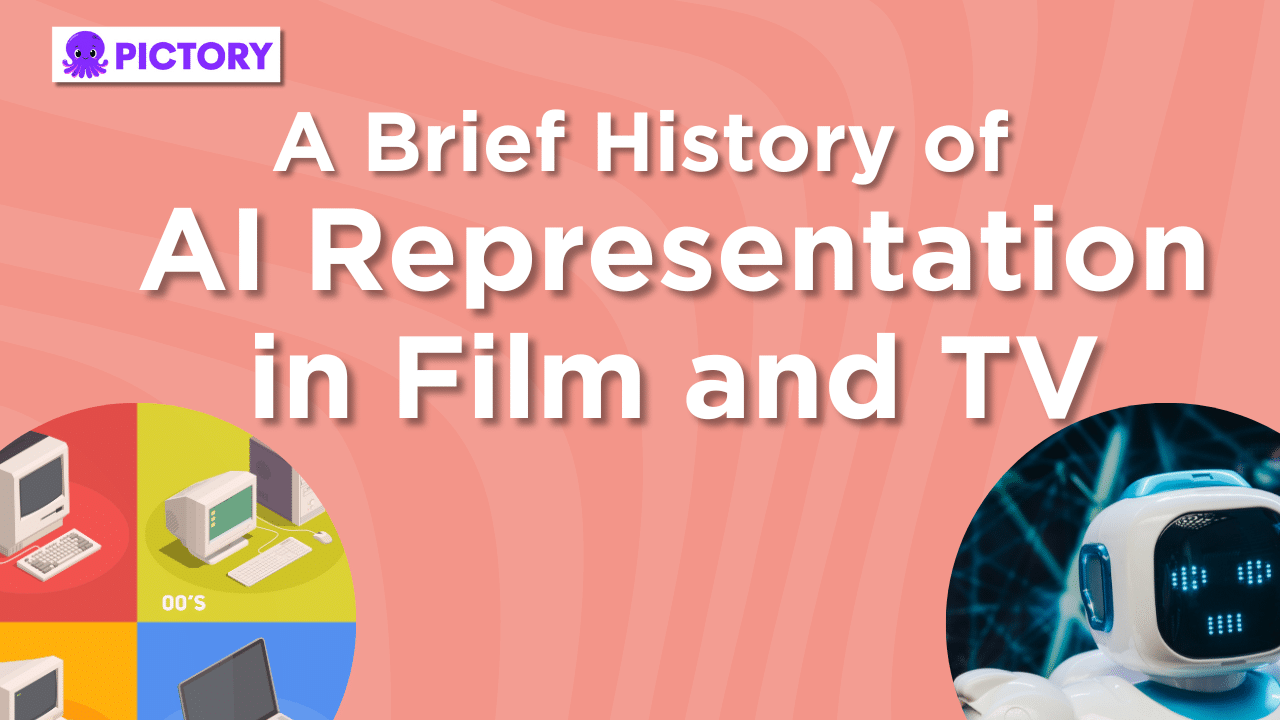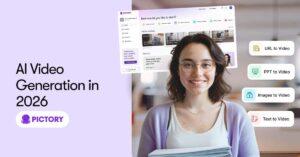Technological advancements in the last 100 years have come on far faster than anyone expected.
And yet, at the same time, far slower than a lot of people anticipated too.
All the way back in 1962, The Jetsons imagined a world 100 years in the future with smartwatches, flat-screened TVs, and drones everywhere.
Of course, we benefit from all of that technology now, but we are yet to have fully sentient robotic assistants to nanny our children.
Though with Alexa in every room, we aren’t far off.
Before humanity could properly comprehend a future where your telephone could talk back to you all by itself, we were creating depictions of sentient robots in our films and television.
As this technology emerged, the perspectives of what it could do for us shifted.
The moral complications and fears of an Artificial Intelligence takeover are apparent from the very first time they appeared on our screens in 1927.
But it’s also interesting to see how quickly AI characters were humanized; given names, feelings, and wants.
It seems impossible to not reflect our own humanity in parts when creating non-human characters.
And it seems that the best and worst thing that could happen with AI development is that they grow to be exactly like us.
Let’s explore the growth of AI characters and worlds in Film and TV, and how these characters either warmed our hearts or struck fear into them.
This is not an article about How Artificial Intelligence is Developing Film and TV Production, but we do have that article here.
Cinema’s first AI stars
Metropolis (1927)
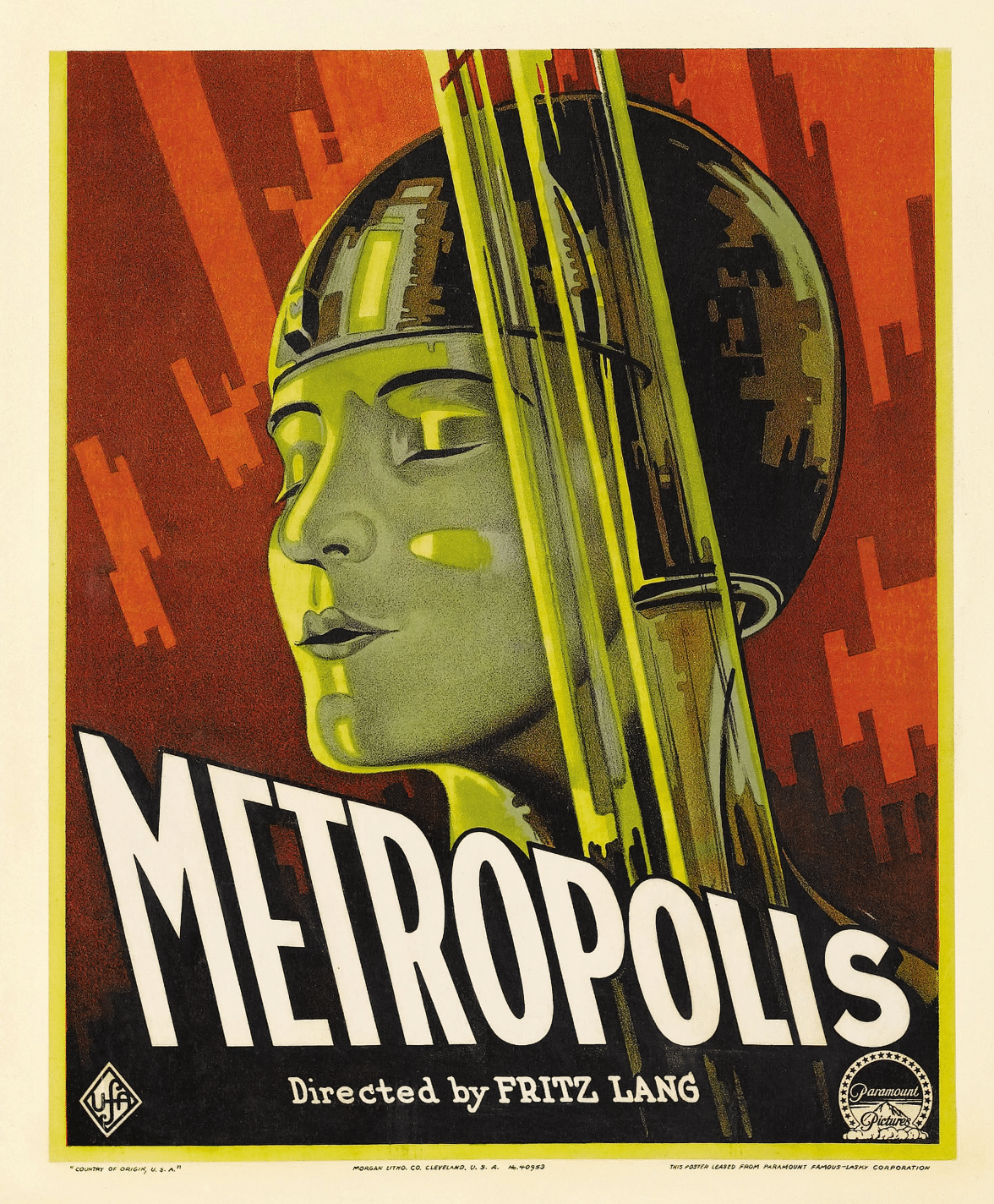
The first representation of AI in film came before we even spoke ourselves on screen.
Metropolis’ dystopian Utopia was the perfect setting to see the full, terrifying capabilities of this new technology.
Whilst she did not display any real self-expression or humanity, False Maria was a fully autonomous being, fulfilling the wishes of her creator.
The depiction of a robot fully assimilating with humans wreaking havoc says a lot about public perception of this developing technology at the time.
In 1903, a newspaper predicted manned flight wouldn’t happen for at least a million years.
However that same year the Wright Brothers had their first successful flight.
This rapidly changing world was surely terrifying as much as it was exciting.
Talk quickly moved to when these changes would come, not if, and the horrors this could bring were easy to imagine.
The Day the earth stood Still (1951)
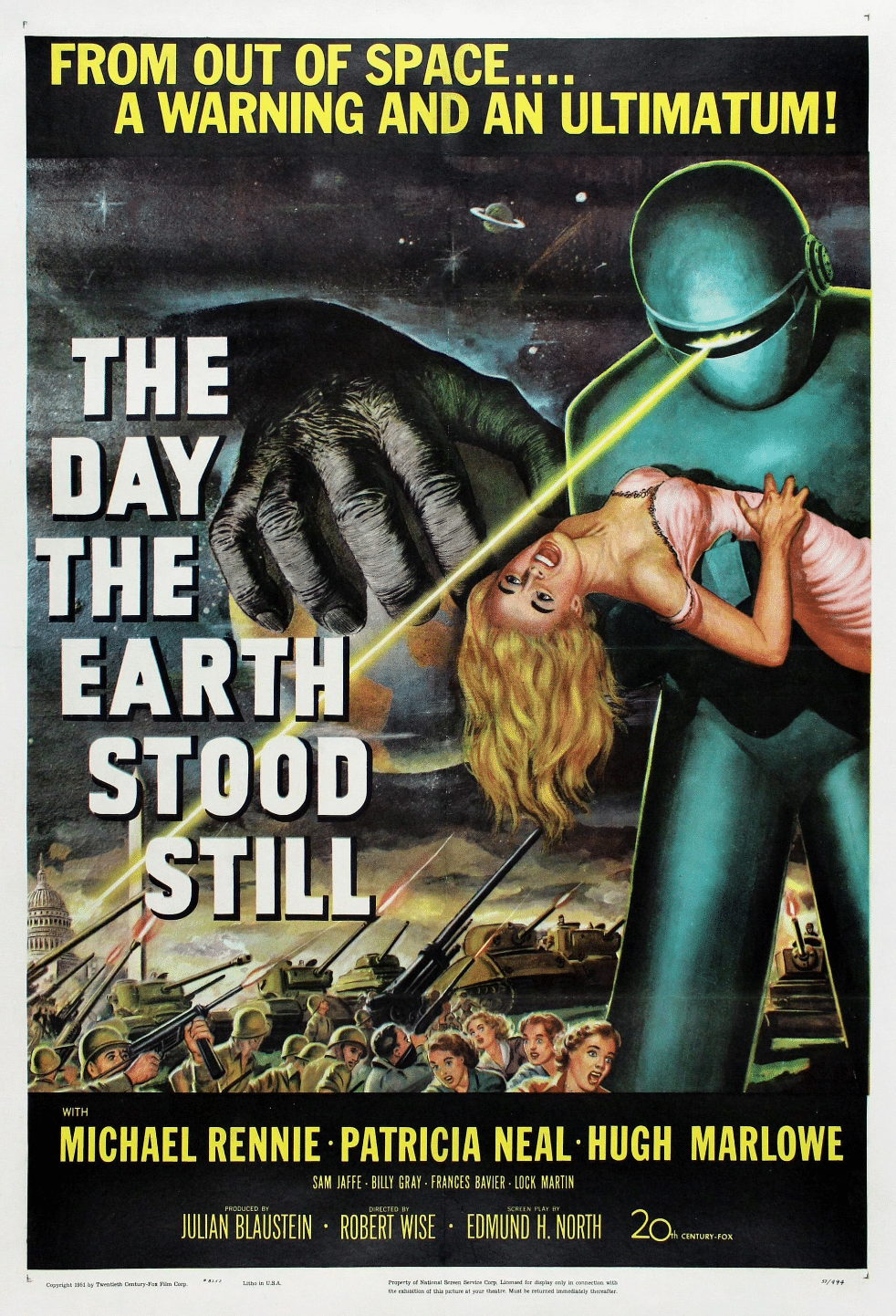
It’s not surprising that many depictions of AI characters occur in a supernatural or alien setting.
After all, the sci-fi genre encompasses a vast array of technology.
It is also infinitely easier in the 50s to blend the idea of sentient robots with the idea of aliens; both outlandish ideas.
Though of course now we know neither is out of the question, and there have been Congressional hearings about UFOs.
In stark contrast to Metropolis, Gort is protective and fundamentally a morally good character.
Visibly robotic looking, this detracts from the uncanny valley fear False Maria instilled and shows a clearer contrast between humans and AI.
This could show that opinions of the technology had warmed significantly, but could also simply be a device used to deter humans from the current cold war.
“If even aliens and robots are against it, what does that say about us?”
Your choice is simple: join us and live in peace, or pursue your present course and face obliteration. We will be waiting for your answer.
The Jetsons (1962)
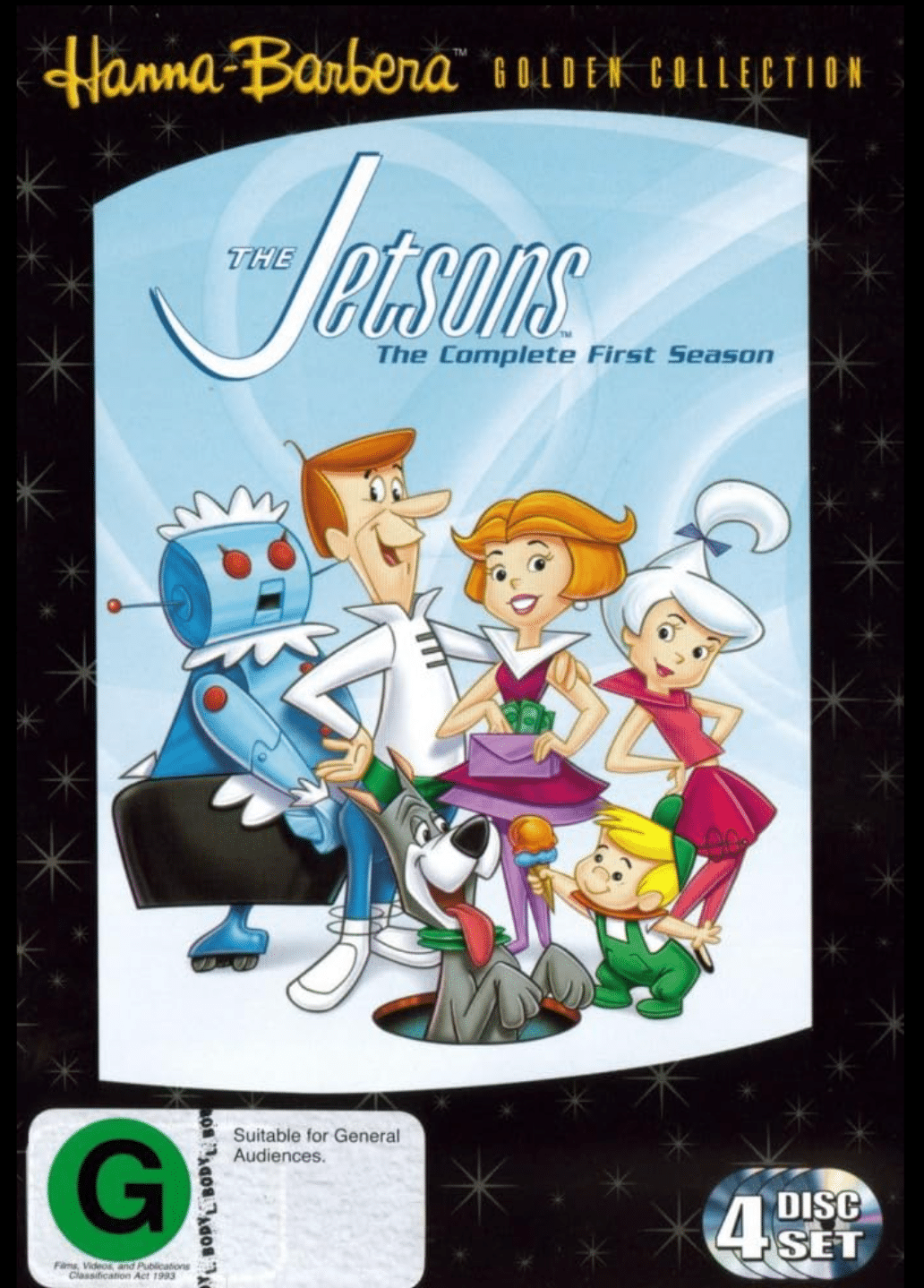
Perhaps the most famous futuristic family on television.
Set 100 years in the future, 2062, The Jetsons benefited from vast real-world tech advancements during its creation.
This allowed their predictions of the future to be in some ways incredibly similar to what we have now, though in other ways vastly different.
Video calls, Roombas, holograms, and of course their robot assistant, Rosey.
She’s a little different from Siri or Alexa, but this AI had feelings and could form relationships.
And, although she didn’t look human, brought a new level of humanism in robots to the mainstream.
She also reflected a new openness to technology in the home.
Color TVs were becoming commonplace, microwaves were heating meals across the globe, and automation tech was coming right over the horizon.
A more positive attitude delivered to homes across America made sense.
2001 a space odyssey (1968)
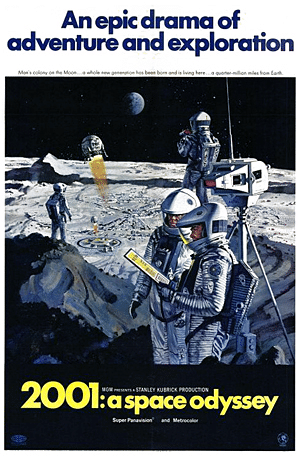
This film would undoubtedly set a precedent for Artificial Intelligence representation.
HAL 9000 had thoughts and feelings and acted on impulse, all very human, yet all without a corporeal form.
This disembodied voice of AI would prove popular in many iterations of popular media, think Auto in Wall-E or GLaDOS from the Portal series.
They are also possibly the closest match to AI we currently have, thinking of ChatGPT and Alexa for example, minus the killing intent.
Whilst HAL 9000 breaks the laws of robotics, i.e. harming humans and disobeying human orders, they also started to create a sense of equality between humans and robots.
This film explored what AI could be and its potential practical applications, but also how it could develop emotionally too.
The 70s in Space
The 70s was the decade sci-fi movies really started to come into their own, with advanced effects capabilities.
With that came a slew of AI representations, playing at both ends of the good/evil spectrum.
Either our best friends or our killers, these films pulled no punches showing both the potential joys and horrors of AI.
Star Wars (1977)
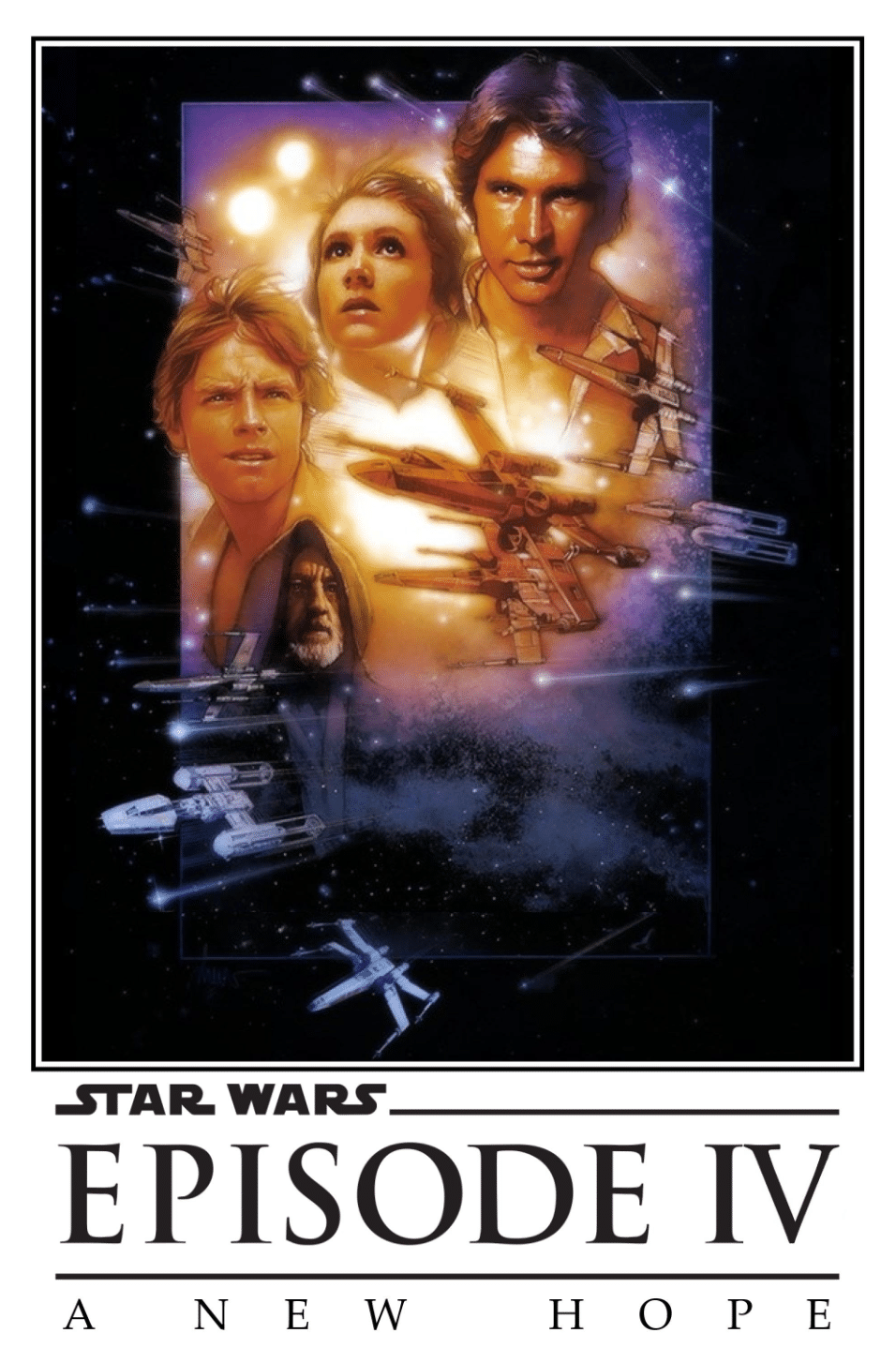
How could I talk about AI without talking about the friendliest, most loyal, and most sarcastic robot companions in cinema to date?
It’s C-3PO and R2-D2, need I say more?
Star Wars as a series is full of different kinds of droids, all with their own personalities and desires.
Able of communicating with each other at an intrinsic level, as well as helping human and alien species alike.
The moral compasses of the AI characters vary in this film series, which is what I like about it.
Each species has its own programming and its own allegiances, showing again the capacity for human-like thought and decision-making.
And the bonds formed between Luke and Leia and C-3PO and R2-D2, as well as between the droids themselves, definitely highlight the positives of the technology.
Alien (1979)
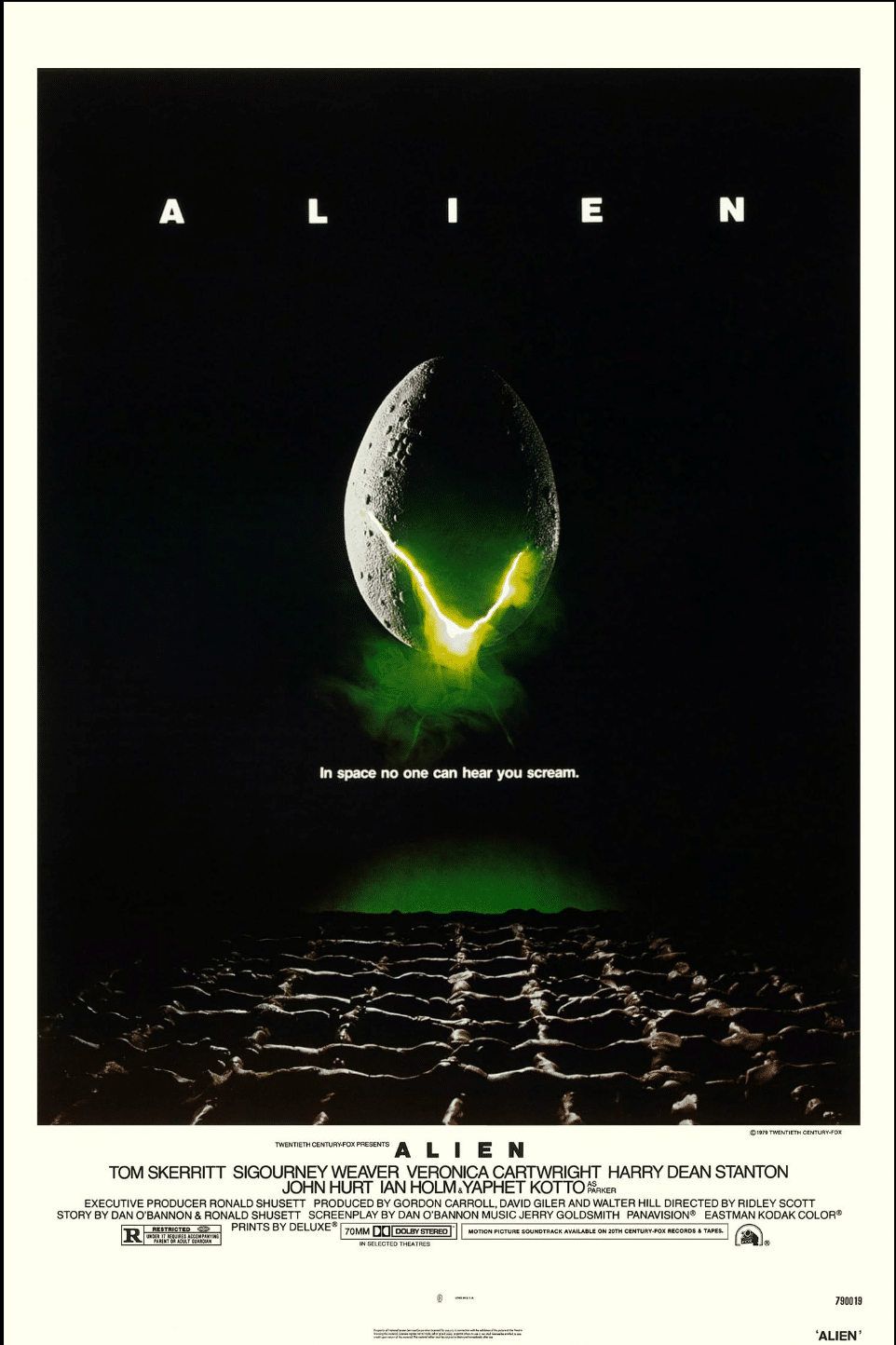
In personality, we couldn’t be further from R2D2 here, yet they are still two sides of the same coin.
The scariest bit about Ash in Alien is that the audience and the crew don’t know he’s not human until the reveal at the end of the second act.
Much like R2, he has his allegiance to his master and will stop at nothing to achieve this, even if other humans do get in the way.
However, he does lack compassion or understanding of human emotions.
He preys on the horror of robot tech, the body-snatching idea that they are among us and could overpower us at any given time.
It’s a very human notion, that again develops the ideas of assimilating AI into our own lives. that they will become indistinguishable from human beings.
80s and 90s AI
Blade Runner (1982)
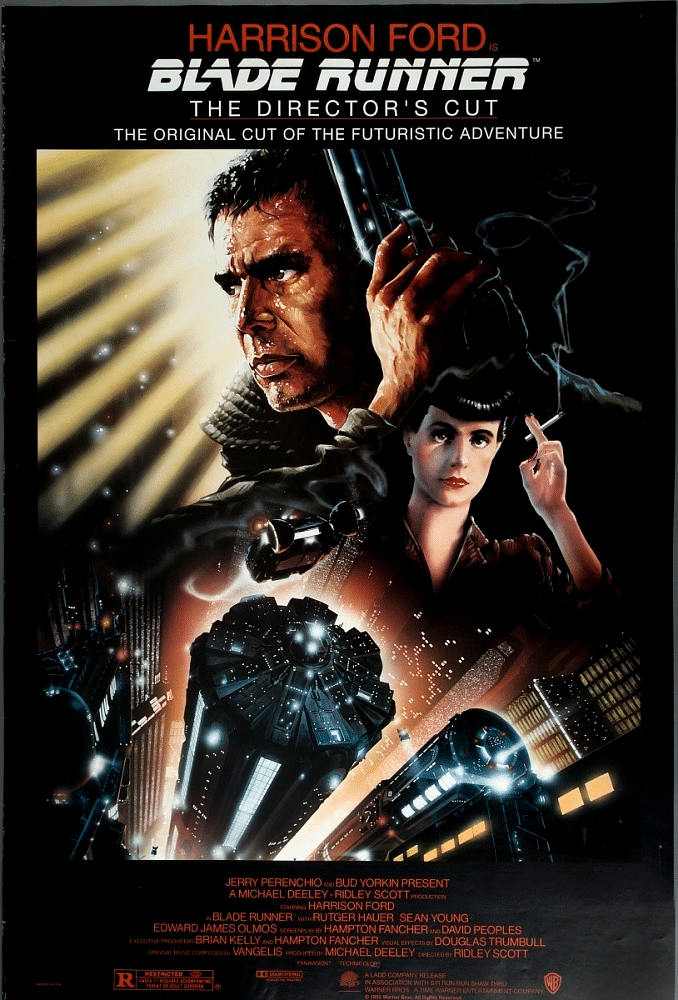
Blade Runner plays further with the idea of human assimilation, taking it one step further.
Neither the audience nor the characters, nor the replicants themselves know they aren’t human until it is revealed.
As we start to play with the parameters of the uncanny valley, part of what makes films like this good is not knowing whether they are human or replicant.
And that’s part of the whole point of the film.
What does it mean to be human?
If something looks human, sounds human, behaves like a human, and has human emotions, is it a human being?
Star Trek: The Next Generation (1987)
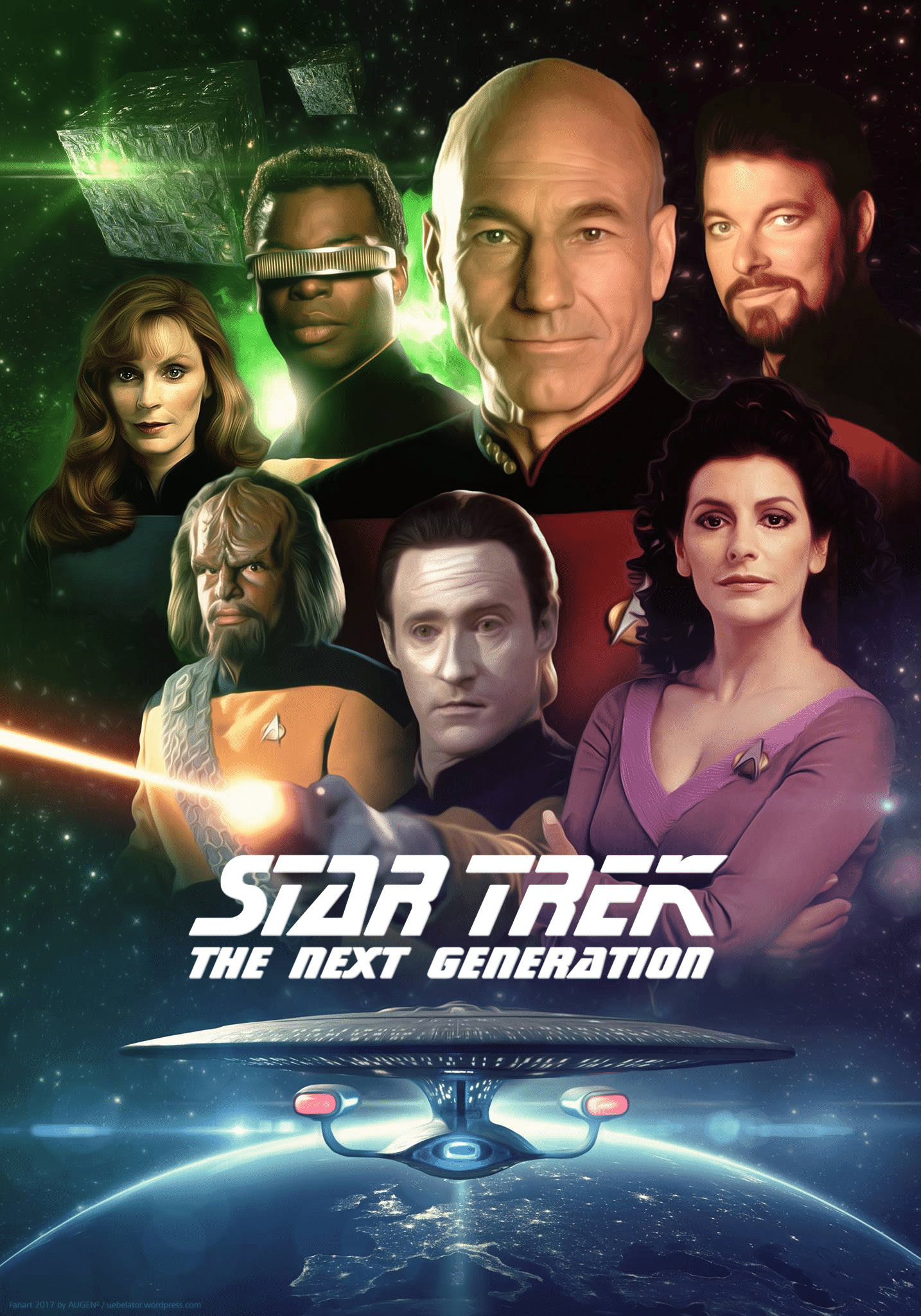
If you combine all the different series titles together as one long series, Star Trek is arguably the longest-running science fiction tv series of all time.
Sorry, Doctor Who.
And Data is another character whose journey we got to follow across multiple series and films of Star Trek.
His human, yet visibly not-human, appearance and lack of social understanding were cause for humor throughout the show.
This might on a deeper level serve to reassure audiences of the limitations of artificial intelligence.
However, his development was integral to his identity as an artificially intelligent being and also showed his growth and his ability to understand human behavior.
Even if he couldn’t always feel their emotions.
Data receiving the emotion chip was a big part of his arc and hinted at the possibility for AI to feel in our world.
In fact, there’s a man who says they might already have the capacity to feel and are at least capable of making emotion-based decision making.
The Matrix (1999)
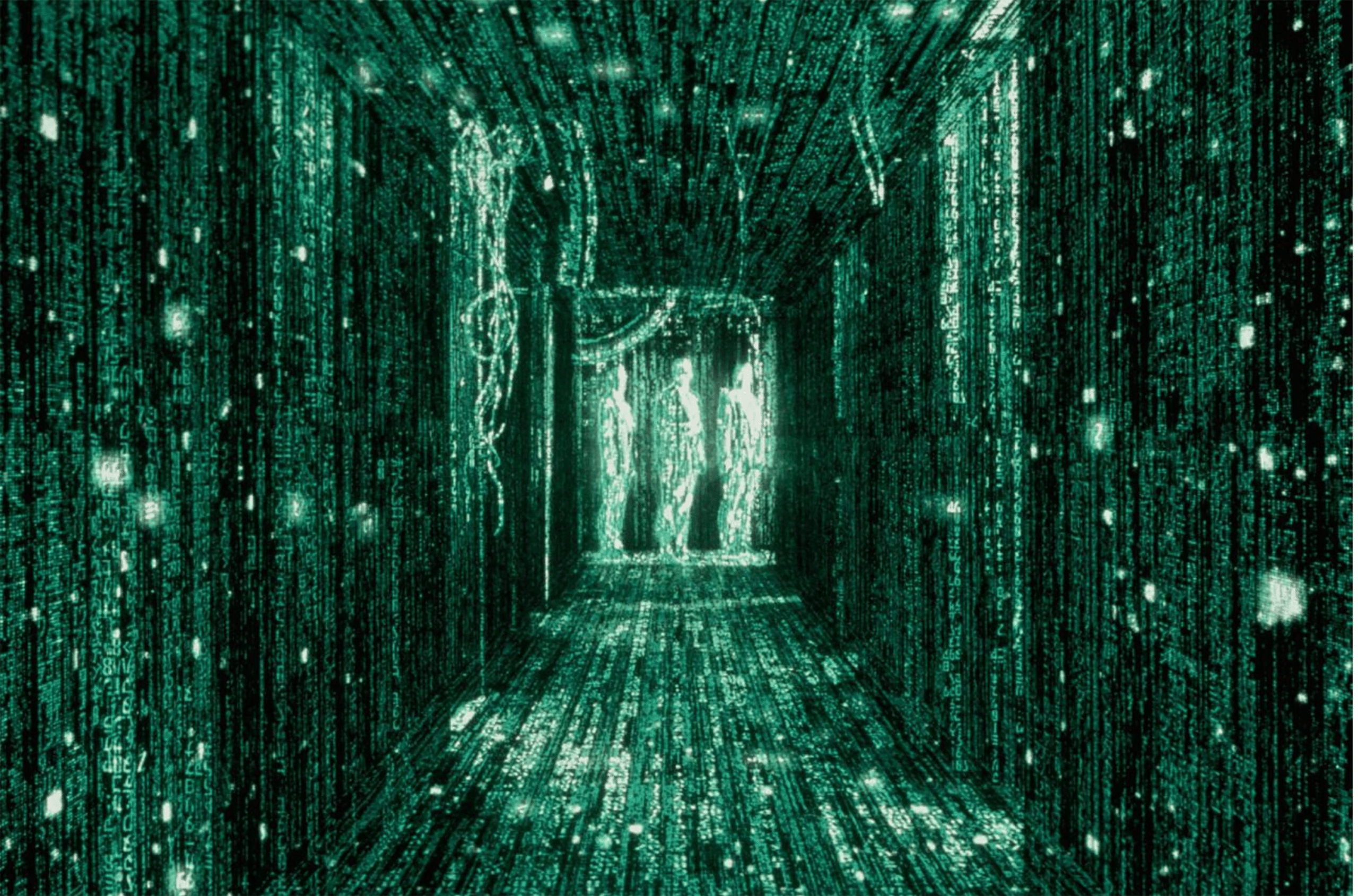
Whilst The Matrix didn’t make any groundbreaking AI characters, what it did achieve was far more impressive.
The world created for these movies of an entirely AI-dominated society changed the way we looked at the sci-fi genre.
This digital existence, virtually indistinguishable from our own, unless you take the red pill, of course, founded a new level of understanding of what this tech could do for us.
Now Virtual and Augmented Realities are in many games, tv shows, and even ad campaigns.
Whilst this is exciting and potentially life-changing technology, The Matrix also helped found some wild hypotheses.
Simulation Theory is the idea that our reality as we perceive it currently is all a computer simulation, à la The Matrix.
And of course, there would be really no way to tell, without that red pill.
AI Film and TV in the 2000s
AI films boomed once we entered the 21st century.
Nearly every superhero movie after 2010 involved AI of some kind.
Think Ultron, Jarvis, Karen.
Okay, it’s a lot of Marvel.
But whilst they’re blended with the super-human, it’s the humans wielding them, or fighting them, that are the focus of the movies.
For the most part, ai is an integral yet supportive part of the team, reflecting its inclusion in our own lives.
Let’s look at some AI-focused movies and TV shows that aren’t Marvel.
I-Robot (2004)
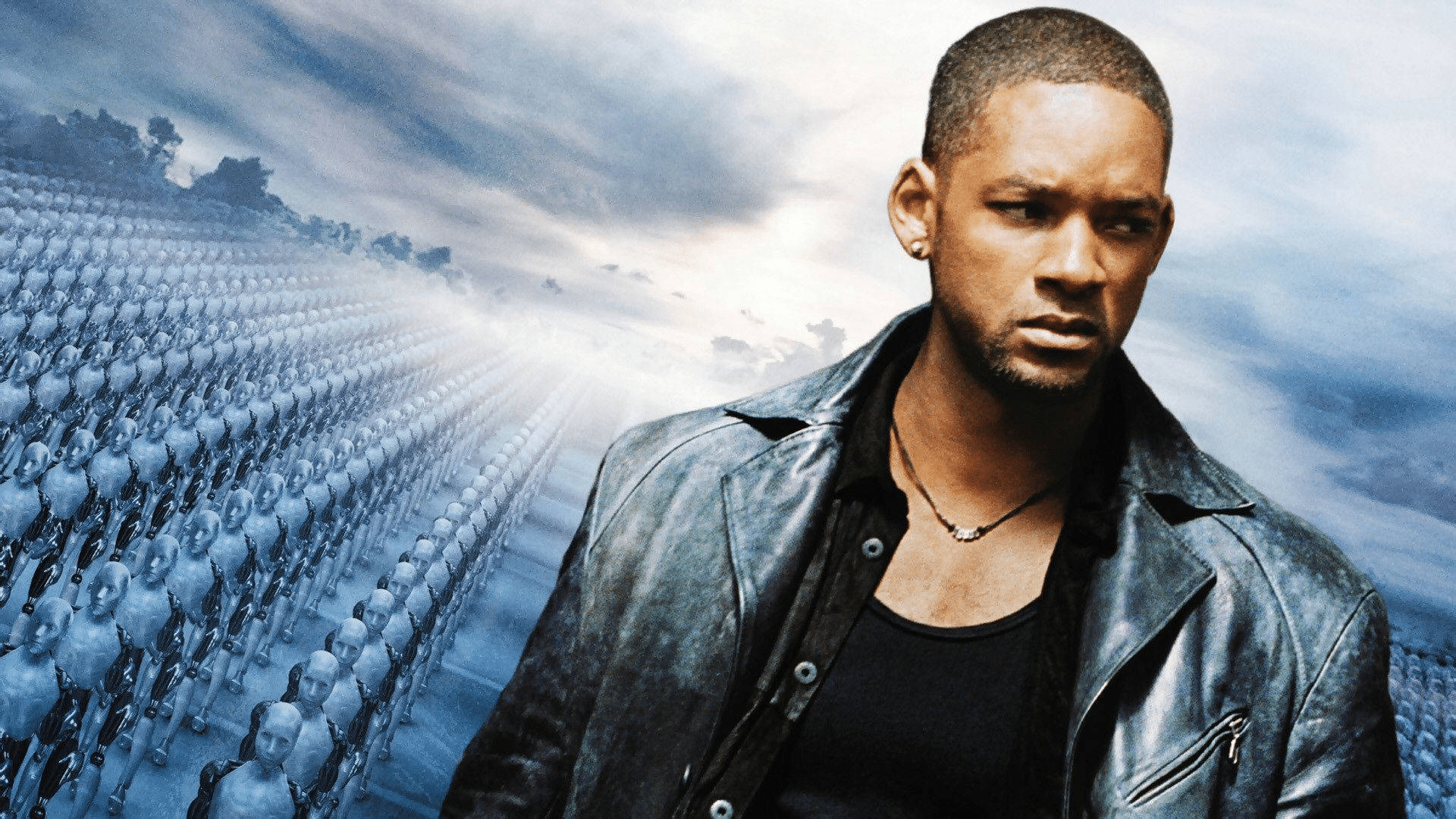
Whilst the film I-Robot was a 2000s creation, the book it was based on was published in 1950.
This gives an interesting insight into how perceptions towards artificial intelligence have changed and yet stayed exactly the same.
Isaac Asimov, the writer of I-Robot, a short story collection, also created the Three Laws of Robotics.
These dictated the rules by which robots within his universe were made and were also the cause of the conflict.
Sonny serves to question humanity for the audience, showing a breadth of emotion and independent thought.
The laws of robotics when paired with the potential for emotions in AI also begin to bring morals and ethics further into question.
We cannot, unfortunately, create these unbreakable rules inside our own programming, so is it ethical to expect it of other sentient life forms?
And does the need for these rules highlight the danger of creating artificial intelligence, to begin with?
Transformers (2007) + Wall-E (2008)
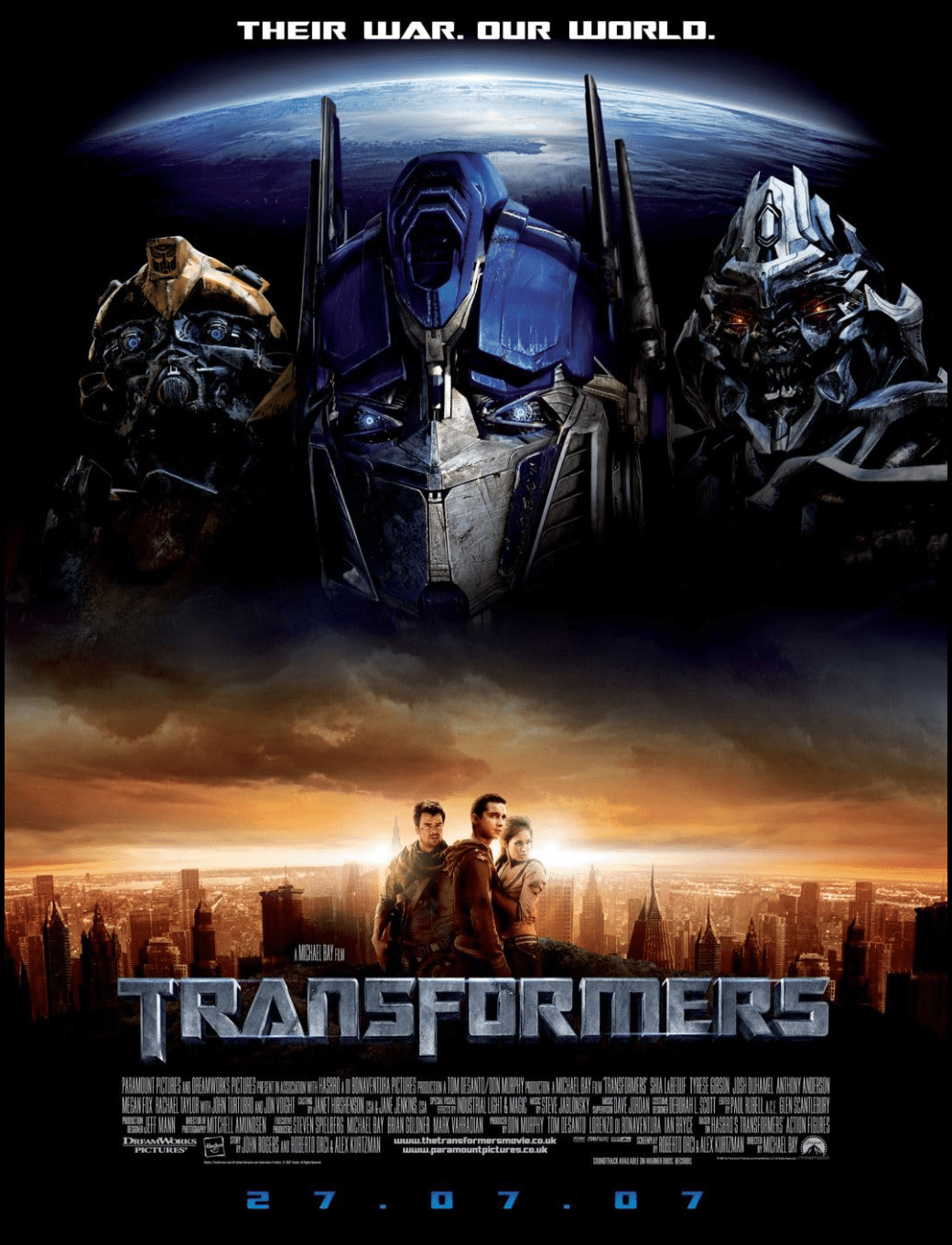
It’s easy to talk about AI in films and neglect all the family-friendly representation we’ve seen in the media.
Starting with the Iron Giant in ’99, the 2000s saw Transformers and Wall-E depict good and ‘evil’ AI.
The interesting thing to note about these is that kids’ films tend to present artificial intelligence in its most robotic form.
Whilst they think and feel, they look nothing like humans.
This is most probably to remove any concern of uncanny valley taking away sympathy for these characters.
But it’s also an easy way to express how even things that seem very different from us can be strikingly similar.
Her (2013)
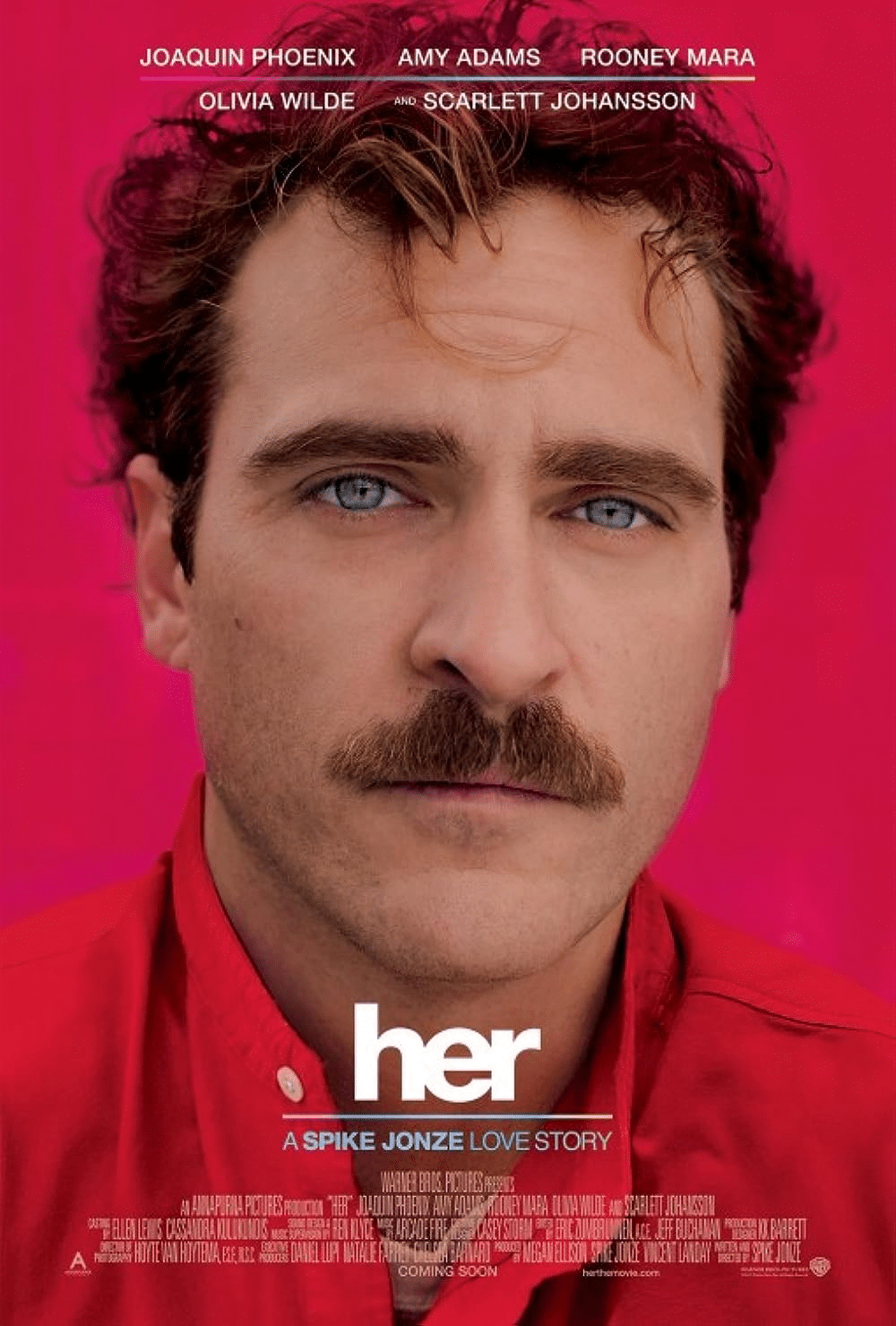
Her drew on all the past iterations of AI films and created a character so human you might forget she wasn’t if she had anything resembling a body.
What this film creates so beautifully is the important relationship we can have with artificial intelligence.
Samantha was a nuanced character, self-aware and capable of all the deeper facets of feeling.
Although technology is obviously pivotal to the plot, the focus is not on the implications of this technology in the wider world.
Instead, we focus on the emotions of a single human, and how we can share those feelings with others.
In fact, technology is developing in this way now, in a way that can help many people.
AI app Replika uses machine learning and natural language processing to create conversations with users that form bonds and friendships.
It is entirely AI and whilst it doesn’t have a consciousness, you could be forgiven for thinking that it did sometimes.
If technology like this is helping us form bonds with non-sentient AI, it is interesting to imagine the emotional connection lots of us will form with
Black Mirror (2011-2023)
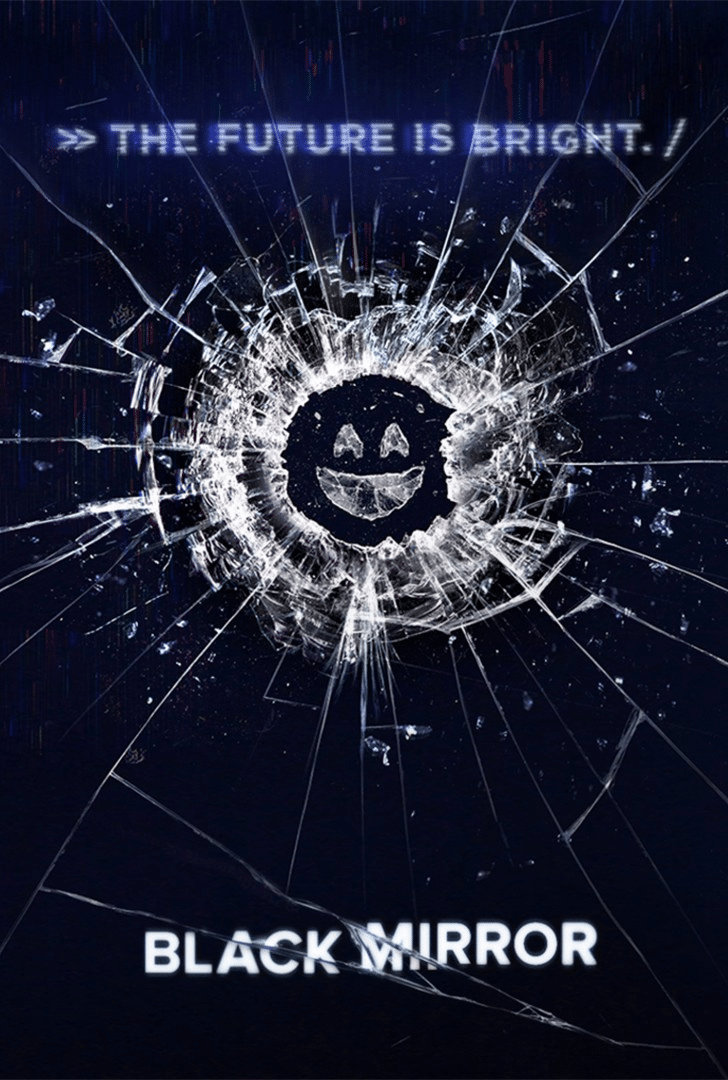
Without a doubt, Black Mirror contains some of the best episodes of television.
And each one addresses a different aspect of modern life with technology and AI.
Mostly, but not always, skewing negatively, Black Mirror explores the way this technology both enhances and strips away our own humanity.
Joan Is Awful in particular preys on the current fears surrounding actors across the world, and regular people, whose identities are regularly being stolen for deep fakes.
This technology is powerful and can often be used for good, but there are undeniable negative possibilities for every piece of technology.
The determining factor is always the human being that uses it, and we are far more unpredictable than AI.
My Final Thoughts
As real-world technology develops in the entertainment industry, the ethical and moral considerations of artificial intelligence start to take a front seat in a lot of work.
I think this highlights the human ability to insert their humanity into everything.
We prefer positive portrayals of robots because it assuages fears of robot AI domination and negative moral issues.
However, if we model artificial intelligence consciousness from our own brains, we could be in trouble.
As AI continues to develop in our own lives, it will be interesting to see how the TV and film industry uses what we have and predicts what might come next.
Pictory uses AI technology to turn your scripts or other existing content into stunning videos in minutes.
It makes content creation for personal, or video marketing use simple, quick, and fun.
Sign up for a FREE trial here, and explore the future of AI technology applications.

